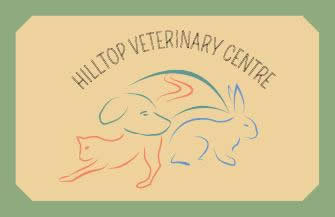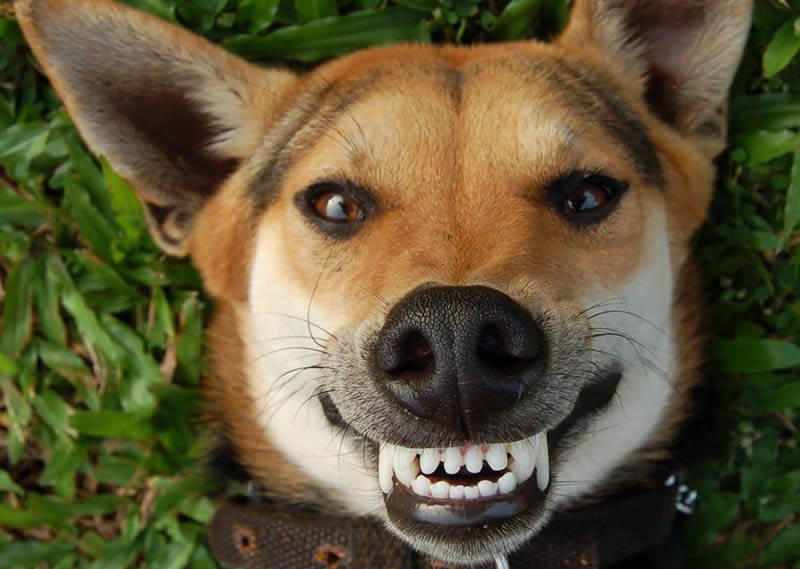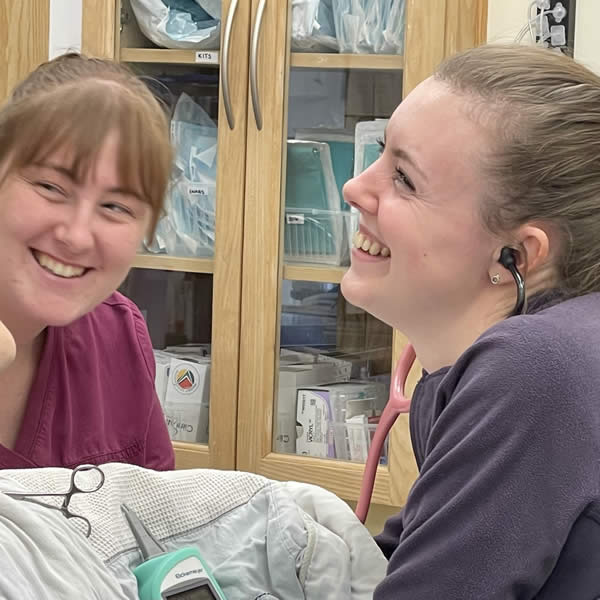Conditions affecting the eyes are frequently seen in daily practice, and because of the unique sensitivity of the eyes and surrounding tissues, we generally recommend that a vet examines the affected pet on the same day as the problem is noticed.
Common symptoms include:
- Discharge from one or both eyes – this may be watery, mucoid, pussy (such as with conjunctivitis) or even a thick tenacious mucous clinging to the surface of the eye (typically seen with dry eye)
- Redness of the sclera (the ‘white’ of the eye), third eyelid or conjunctiva (membranes surrounding the eye), usually indicating inflammation
- Pain – the pet may be blinking more frequently, ‘squinting’, pawing at the eye or simply be more withdrawn
- Cloudiness may be caused by damage to the surface of the eye (the cornea, which would normally be totally clear), changes to the lens (such as in cataract formation) or inflammation within the anterior chamber of the eye, which lies between the cornea & the pupil & iris.
As well as a visual inspection of the surface of the eye and assessment with the ophthalmoscope to focus on the deeper structures, the vet may use topical local anaesthetic drops if the eye seems painful, & fluorescein drops to stain the cornea & check for scratches or ulcers. The fluorescein can also give some indication of how well the tear ducts are working, as the green stain is usually seen to appear at the nostril on the tested side within a few minutes of application to the eye.
A Schirmer tear test may be performed, which involves placing a tiny absorbent test strip in each eye for a minute to check the volume of tears produced.
Where there are concerns about possible glaucoma (increased pressure within the eye ), a tonometer may be used to check the pressure – this is done after application of local anaesthetic, using a pen-like device that softly touches the surface of the eye several times to take a reading.
The vet may also perform some basic tests to check light reflexes (to check that the pupils dilate & constrict with changes from dark to light, though this may be slowed in older patients with age-related changes in their eyes, & the reflex is inhibited by adrenalin in nervous patients), menace response (a learned behaviour absent in very young animals) and visual tracking (can the animal follow a moving object or find his/her way around obstacles). Most treatments will involve the application of topical drops or ointments – not always the easiest thing to do, but the vet will be happy to demonstrate the best techniques for achieving this. Applying drops from above & behind the head, with the upper eyelid held open is generally tolerated well by most pets. In some cases, oral medications can be considered if drops prove totally impossible.
We also sometimes see problems with the eyelids, such as entropion (eyelids that curl inwards, rubbing the cornea and causing irritation), ectropion (drooping eyelids that do not adequately protect the cornea), ‘diamond eye’ (a combination of ectropion & entropion which makes the aperture created by the eyelids appear diamond shaped) and growths on the edge of the eyelid (which can disrupt the tear film & cause chronic inflammation). Surgery may be required to restore the correct shape and function of the eyelid.
Brachycephalic breeds such as Pugs & French Bulldogs are worthy of a special mention as their relatively large globular eyes (with eyelids that don’t always close fully to protect the eye) are particularly prone to trauma & ulceration of the cornea.
We are very lucky here at Hilltop to be able to draw on the expertise of Mike Rhodes, our visiting specialist ophthalmologist, who assesses and treats more complex eye problems, & also provides certification under the BVA Eye testing scheme for owners who wish to breed from their dog.
The good news is that many of the common eye problems we see respond well to treatment, but we would always advise that if you have any concerns about your pet’s eyes or vision, it is wise to get them checked as soon as possible.
At Hilltop Vets we are always happy to help. If you need more details on how to prevent eyes conditions please don’t hesitate to get in touch.





